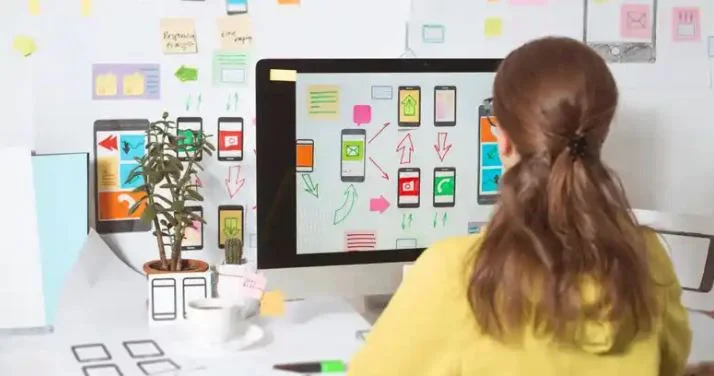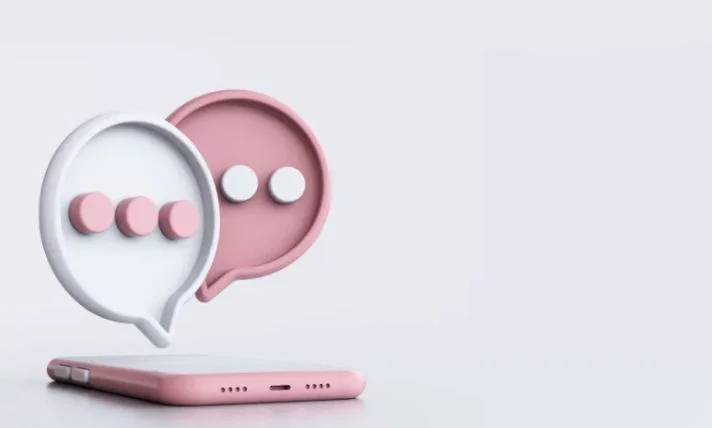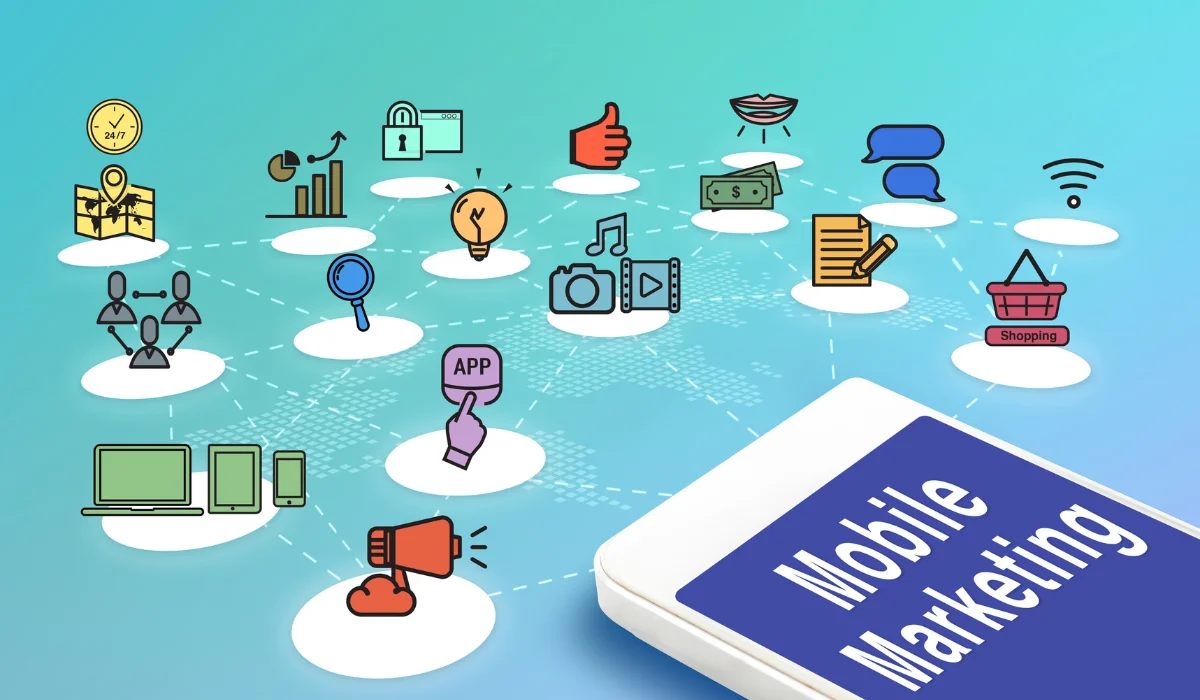Brian Harmon UX Designer is a name synonymous with top-tier user experience (UX) design. As a seasoned UX professional, his focus lies in crafting user-centered designs that not only solve problems but also create meaningful digital interactions. His career journey, innovative approaches, and contributions to the field of UX design make him a key figure to watch in the tech industry.
In this article, we’ll delve into what sets Brian Harmon apart as a UX designer, explore his approach to user experience, and examine his methodologies for enhancing usability and engagement. We will also address the frequently asked questions about his work and provide a comprehensive conclusion about his impact on UX design.
What Makes Brian Harmon a Leading UX Designer?
Brian Harmon’s expertise in UX design is built on years of hands-on experience, a deep understanding of user psychology, and a commitment to creating solutions that bridge the gap between technology and people. His design philosophy revolves around putting the user first, ensuring that every interface he creates is intuitive, accessible, and efficient.
One of the distinguishing factors of Brian’s approach is his ability to blend creativity with technical know-how. Whether it’s a mobile app, website, or software interface, he ensures that the user’s journey is seamless and that every interaction feels natural. His designs often emphasize simplicity, aiming to reduce cognitive load on users and making tasks easier to accomplish.
Brian Harmon’s UX Design Philosophy
At the heart of Brian Harmon’s UX design philosophy is empathy. Understanding the user’s needs, behaviors, and pain points is crucial in creating products that resonate. Brian spends considerable time researching and gathering data on user interactions, conducting usability tests, and iterating based on real-world feedback.
His belief in the importance of usability testing has led him to develop methodologies that capture genuine user feedback. By observing how real people interact with his designs, he can make informed decisions that significantly enhance the final product.
Innovative Design Approaches Used by Brian Harmon
Brian Harmon is known for adopting innovative approaches that prioritize both functionality and aesthetics. He often leverages modern tools and frameworks such as Figma, Sketch, and Adobe XD to bring his ideas to life. However, his process goes beyond just wireframes and mockups. He believes in a collaborative design approach, involving clients, developers, and end-users throughout the design process.
One of his signature techniques is rapid prototyping, which allows him to create quick, testable versions of a design. This enables him to iterate quickly based on feedback and ensure that the final product is as user-friendly as possible. His designs are not only visually appealing but also structured to maximize efficiency and accessibility.
The Importance of User-Centered Design in Brian Harmon’s Work
User-centered design (UCD) is at the core of Brian Harmon’s UX strategies. His deep understanding of user behavior helps him create designs that address user pain points and provide intuitive solutions. UCD involves constant iteration and refinement, something Brian is known for excelling at.
By putting the user at the center of the design process, Brian ensures that every decision made aligns with the needs of the end-user. From color schemes and typography to navigation and interaction design, each element is chosen with purpose and clarity in mind.
Brian Harmon’s Contributions to the UX Community
Brian Harmon is not just a designer but also a thought leader in the UX community. He has spoken at numerous conferences, sharing his insights on best practices in user experience design. Additionally, his blog features articles on current trends, UX design challenges, and how to create inclusive and accessible products.
Through his active participation in the UX community, Brian has mentored many aspiring designers, offering guidance on how to succeed in the ever-evolving field of UX. His passion for user experience goes beyond just creating interfaces; it’s about educating and inspiring the next generation of designers.
The Process Behind Brian Harmon’s Design Excellence
Brian Harmon’s design process is structured yet flexible, allowing for creativity within a solid framework. His process typically follows these steps:
- Research and Discovery: Brian begins by thoroughly researching the target audience, their needs, and the problem that the design aims to solve. This involves user interviews, surveys, and data analysis.
- Wireframing and Prototyping: Once he has a solid understanding of the user’s needs, Brian moves on to wireframing. This step involves creating low-fidelity sketches or digital wireframes that outline the basic structure of the interface.
- Usability Testing: Before finalizing the design, Brian conducts usability tests to observe how real users interact with the prototype. This step is crucial for identifying any pain points or areas for improvement.
- Iteration and Refinement: Based on feedback from usability testing, Brian refines the design, making necessary adjustments to improve usability and overall user satisfaction.
- Final Design and Handoff: After several rounds of testing and refinement, Brian finalizes the design and prepares it for development. He ensures that the design files are well-organized and easy for developers to implement.
UX Design Challenges and How Brian Harmon Overcomes Them
Every UX project comes with its own set of challenges, and Brian Harmon is no stranger to overcoming them. One of the most common challenges is balancing the needs of the user with the goals of the business. Brian’s ability to find that sweet spot is what makes his designs successful.
Another challenge in UX design is ensuring accessibility for all users, including those with disabilities. Brian is a strong advocate for inclusive design, ensuring that his products are accessible to as wide an audience as possible. He follows the Web Content Accessibility Guidelines (WCAG) and implements features like keyboard navigation, screen reader compatibility, and color contrast adjustments.
How Brian Harmon Stays Ahead of UX Trends
The world of UX design is constantly evolving, with new trends and technologies emerging all the time. Brian Harmon stays ahead of the curve by continuously educating himself on the latest developments in the field. He is an active participant in UX communities and regularly attends conferences and workshops to stay updated on new tools and techniques.
Moreover, Brian believes in experimenting with emerging technologies like augmented reality (AR), virtual reality (VR), and voice user interfaces (VUI). By exploring these cutting-edge technologies, he ensures that his designs remain relevant and innovative.
Conclusion
Brian Harmon stands out as a UX designer due to his unwavering commitment to user-centered design and his ability to blend creativity with technical precision. His process, which revolves around empathy, research, and iteration, ensures that every product he designs is not only functional but also enjoyable to use. By staying ahead of trends and continuously honing his skills, Brian remains a leader in the UX design industry, pushing the boundaries of what’s possible in digital experiences.
FAQs About Brian Harmon UX Designer
What sets Brian Harmon apart as a UX designer?
Brian Harmon’s focus on user-centered design, his innovative approach to usability testing, and his ability to blend creativity with technical expertise set him apart in the field.
How does Brian Harmon approach usability testing?
Brian conducts usability tests early and often in the design process. He observes real users interacting with prototypes and makes iterative improvements based on their feedback.
What tools does Brian Harmon use for UX design?
Brian uses a variety of design tools including Figma, Sketch, Adobe XD, and InVision. He also leverages prototyping tools like Marvel to test his designs in real-time.
How does Brian Harmon ensure accessibility in his designs?
Brian is committed to inclusive design and follows the Web Content Accessibility Guidelines (WCAG). He incorporates features like screen reader support, keyboard navigation, and proper color contrast to ensure accessibility for all users.
What is Brian Harmon’s design process?
Brian’s design process involves research, wireframing, prototyping, usability testing, iteration, and final handoff to developers. His process is structured yet flexible, allowing for creativity and collaboration.
How does Brian Harmon stay updated with UX trends?
Brian stays ahead of UX trends by participating in industry conferences, engaging with the UX community, and experimenting with emerging technologies like AR, VR, and voice interfaces.











